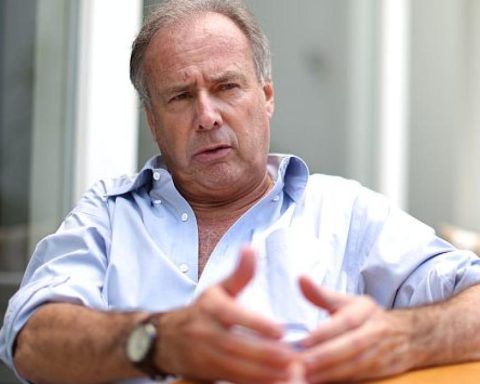From historical work to burst pipes shortly after entering service
Roman engineers built aqueducts just like bakers baked cookies. The oldest of them, Aqua Marcia, was built in the second century BC and in just four years. It was so solid that sections were reused 17 centuries later in a new aqueduct ordered by Pope Sixtus V.
Here, 2,100 years later, it took us 24 years to decide to build a modest 200-kilometre aqueduct by burying pipes that, a few months after coming into service, did not take long to show the chambonadas committed during its construction. Now we find out that the “historic work” went out of service when faults were found in 13 sections.
This was seen coming. Already in 2014 there was talk of certain “corrections” in a section of 11 kilometers in the Loma Plata area. The public works ministry was in talks with the ABCT SA consortium to enforce technical specifications. Apparently, it had been discovered that the laying of the pipes failed to comply with a certain “slope system” established within the specifications of the bases and conditions. The pipes had to be installed following a system known as “saw teeth” designed to prevent the formation of air bubbles that could eventually burst the pipes. “The company did not comply with what was specified and continued to install the pipes in a linear fashion,” technicians from the MOPC’s Potable Water and Sanitation Directorate (DAPSAN) confirmed at the time.
And this is what is known. It is unknown whether or not there were other non-compliances with specifications that are making a work practically inoperable in which at least US$ 90 million have been spent between the treatment plant, pipes and reservoirs at different destination points. The system is designed to supply Puerto Casado (Alto Paraguay), Loma Plata, Philadelphia, Villa Choferes del Chaco, Neuland, Yalve Sanga, Cruce Loma Plata, Cruce Pioneros, La Esperanza and Pozo Amarillo (Boquerón), Teniente Irala Fernández, Lolita, Nueva Promesa, La Armonía, El Estribo, Paz del Chaco and Nueva Vida (President Hayes).
Too many communities, too many people, and too many hopes are being dashed. Those naturally responsible for this disaster have to explain if there was technical incompetence, null control or administrative corruption. Maybe all together.
Someone has to pay for all this.


















